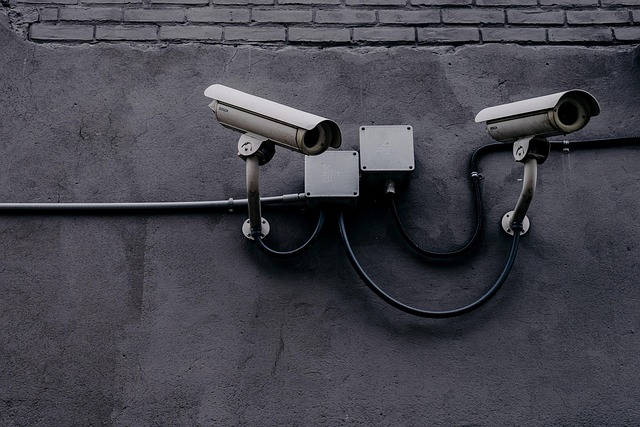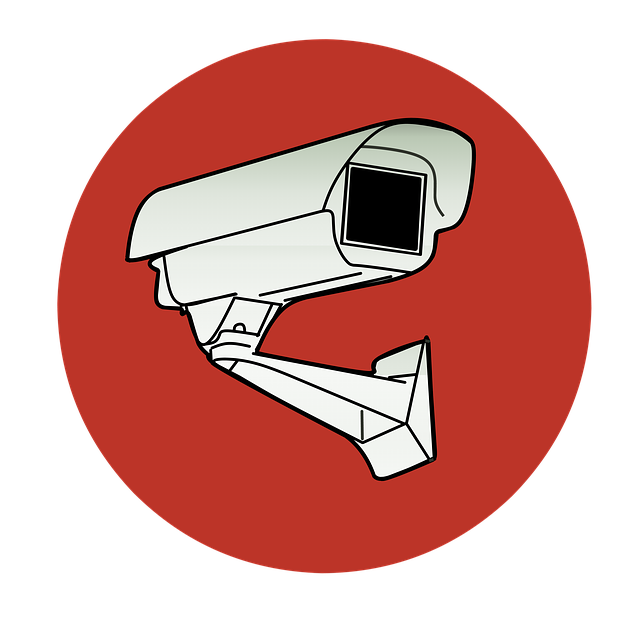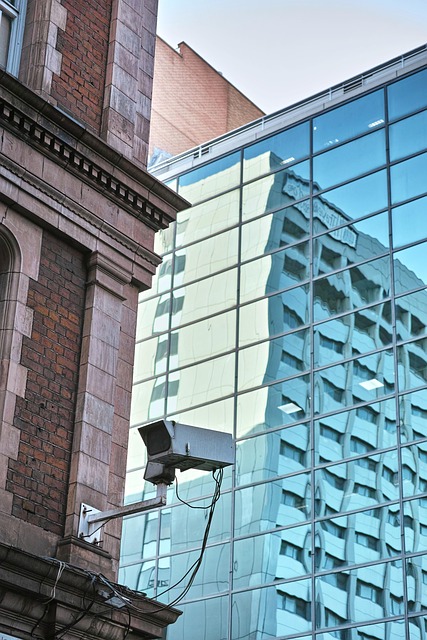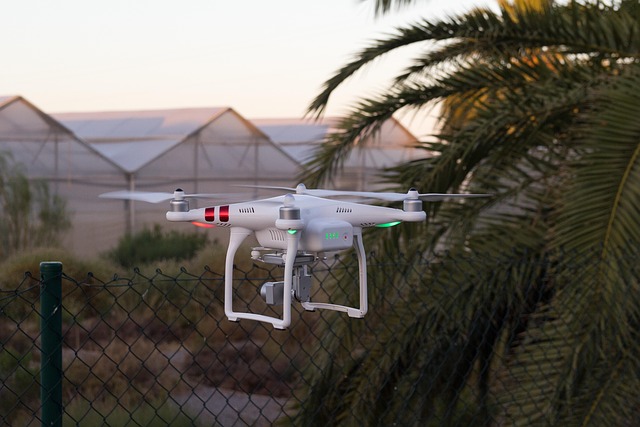Remote monitoring and control are key components of modern home security technology, offering homeowners peace of mind and enhanced protection. These systems provide live video feeds, alerts for suspicious activities, and remote access to devices like cameras, lights, and door locks via smartphones or internet-connected devices. By integrating with cloud-based systems and smart home devices, these platforms create a tailored, seamless security ecosystem accessible from anywhere in the world, benefiting frequent travelers and busy individuals. This technology leverages advanced hardware, software, AI, IoT, and 5G infrastructure to deter criminals, reduce false alarms, and contribute to an efficient living environment.
“Elevate your home’s safety with the power of remote monitoring and control. In today’s digital age, securing your sanctuary is more accessible than ever before, thanks to advanced home security technology. This comprehensive guide explores the benefits of implementing smart security solutions, from enhancing peace of mind to streamlining your daily routine.
We’ll delve into the key components that form a robust remote home monitoring system and provide a step-by-step setup guide for seamless remote access. Additionally, we look ahead at future trends, ensuring you’re prepared for what’s to come in the ever-evolving world of home security technology.”
- Understanding Remote Monitoring and Control for Home Safety
- Benefits of Implementing Home Security Technology
- Key Components of a Remote Home Monitoring System
- Setting Up and Using Remote Access for Your Home
- Future Trends in Home Security: What to Expect
Understanding Remote Monitoring and Control for Home Safety

Remote monitoring and control for home safety have become integral parts of modern home security technology, offering peace of mind and enhanced protection to homeowners. This innovative approach allows individuals to surveil and secure their properties from a distance using their smartphones or other internet-connected devices. With just a few taps on the screen, users can access live video feeds, receive alerts for any suspicious activities, and remotely control various home security devices like cameras, lights, and door locks.
This technology enables homeowners to stay connected to their residences, even when they’re away. By leveraging cloud-based systems and advanced algorithms, remote monitoring platforms provide comprehensive coverage, ensuring that every corner of the house is visible and secure. Additionally, many modern home security systems integrate with smart home devices, creating a seamless and integrated security ecosystem that can be tailored to individual needs.
Benefits of Implementing Home Security Technology

Implementing home security technology offers a multitude of benefits that enhance peace of mind and protect your loved ones, assets, and privacy. With real-time monitoring, smart sensors, and remote access via mobile devices, homeowners can keep an eye on their properties from anywhere in the world. This is particularly valuable for individuals who travel frequently or have busy schedules, allowing them to quickly respond to potential issues such as unauthorized entry, fire, or water damage.
Moreover, advanced home security systems provide intelligent alerts and automated actions that deter criminals and reduce false alarms. By integrating with smart home devices like lights, thermostats, and locks, these systems create a cohesive, interconnected network that bolsters overall security. This comprehensive approach not only makes your home more secure but also contributes to an efficient, well-organized living environment.
Key Components of a Remote Home Monitoring System

A remote home monitoring system is a powerful tool in the arsenal of modern home safety solutions, offering peace of mind and enhanced security for homeowners. The key components of such a system include advanced hardware and software integration. At its heart, a quality security camera equipped with HD video resolution, night vision capabilities, and motion detection serves as the eyes of your home. These cameras are strategically placed to cover all entry points and common areas.
Complementing the visual aspect is a robust network connection facilitated by a reliable internet service provider. This enables real-time data transmission, allowing users to access live feeds and recorded footage remotely via their smartphones or computers. User-friendly mobile apps dedicated to home security technology provide a central control panel, offering features like remote arming/disarming, motion alerts, and two-way audio communication with visitors. The system also integrates with smart home devices, enabling voice control and automated responses to detected activities.
Setting Up and Using Remote Access for Your Home

Setting up remote access for your home is a crucial step in enhancing your home security technology. It allows you to monitor and control various aspects of your home from anywhere, providing peace of mind and an extra layer of protection. The process typically involves installing compatible security devices such as cameras, smart locks, and motion sensors, ensuring they connect to your chosen remote monitoring platform. Once set up, you can access live feeds, receive alerts for suspicious activities, and remotely lock or unlock doors, all through a user-friendly mobile app.
Using this technology is straightforward. You simply log into the app with your credentials, select the devices you wish to monitor, and start viewing your home’s security feed. Many systems also offer customizable settings, allowing you to receive alerts for specific events like motion detection or door openings. With just a few taps on your screen, you can interact with your home’s security system, ensuring your property remains safe and secure, whether you’re at work, on vacation, or simply running errands.
Future Trends in Home Security: What to Expect

As we move further into the digital age, home security technology is expected to become increasingly sophisticated and integrated into our daily lives. Future trends suggest a seamless blend of smart devices and advanced monitoring systems. We can anticipate more homes being equipped with AI-powered cameras that use computer vision to detect unusual activities and automatically alert homeowners or authorities.
Internet of Things (IoT) will play a pivotal role in enhancing home security, enabling remote monitoring and control via mobile apps. This allows residents to stay connected and manage their properties from anywhere. Additionally, the adoption of 5G technology promises faster response times for security systems, facilitating real-time video surveillance and efficient data transfer. These advancements aim to create smarter, safer homes, offering peace of mind and enhanced protection against potential threats.
Remote monitoring and control for home safety are no longer a futuristic concept but an essential tool for modern households. By implementing advanced home security technology, individuals can gain peace of mind, enhance their living environments, and stay connected to their properties from anywhere in the world. As we look ahead, continued innovation in this space promises even smarter, more efficient systems, making our homes safer and more secure than ever before.
